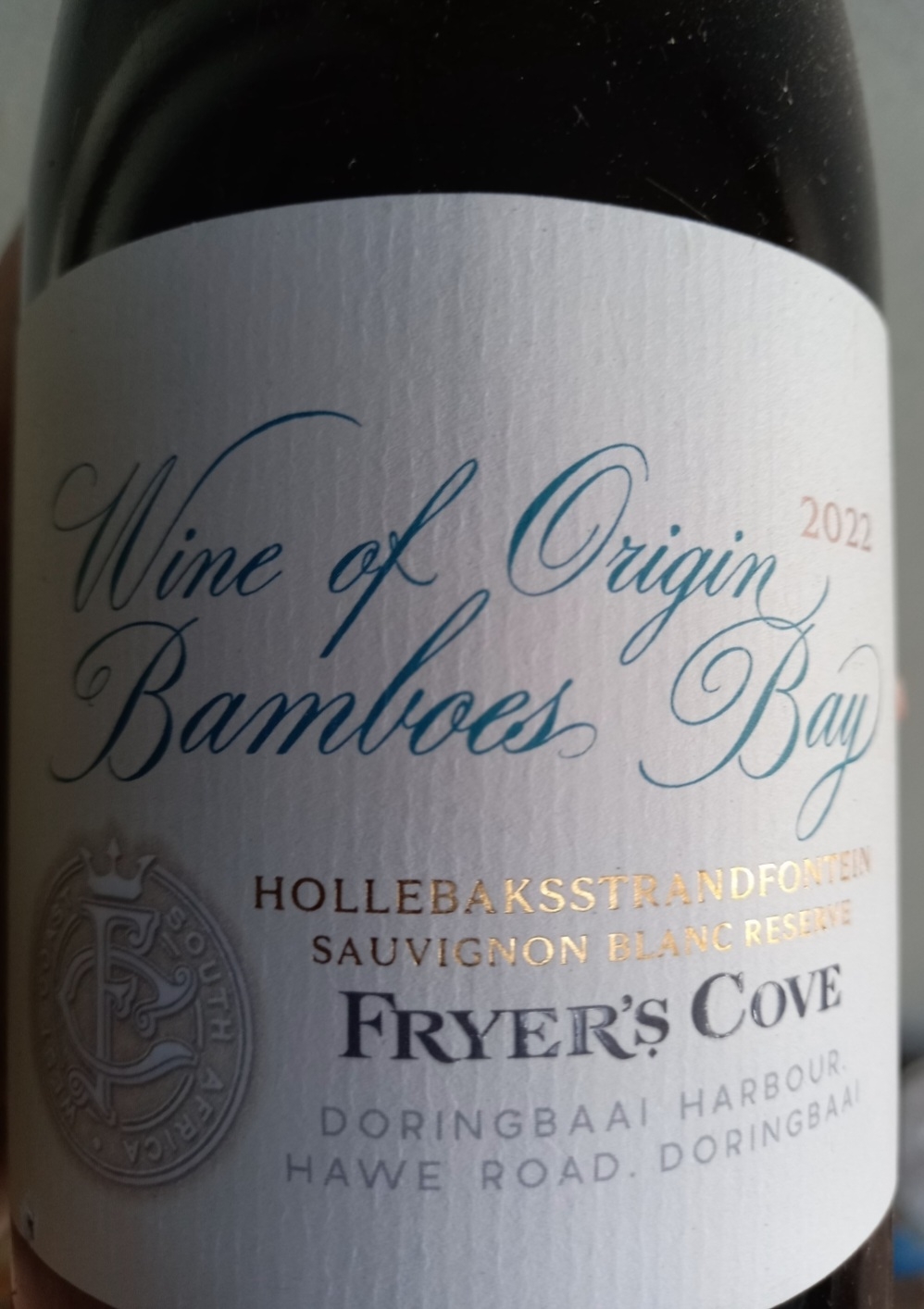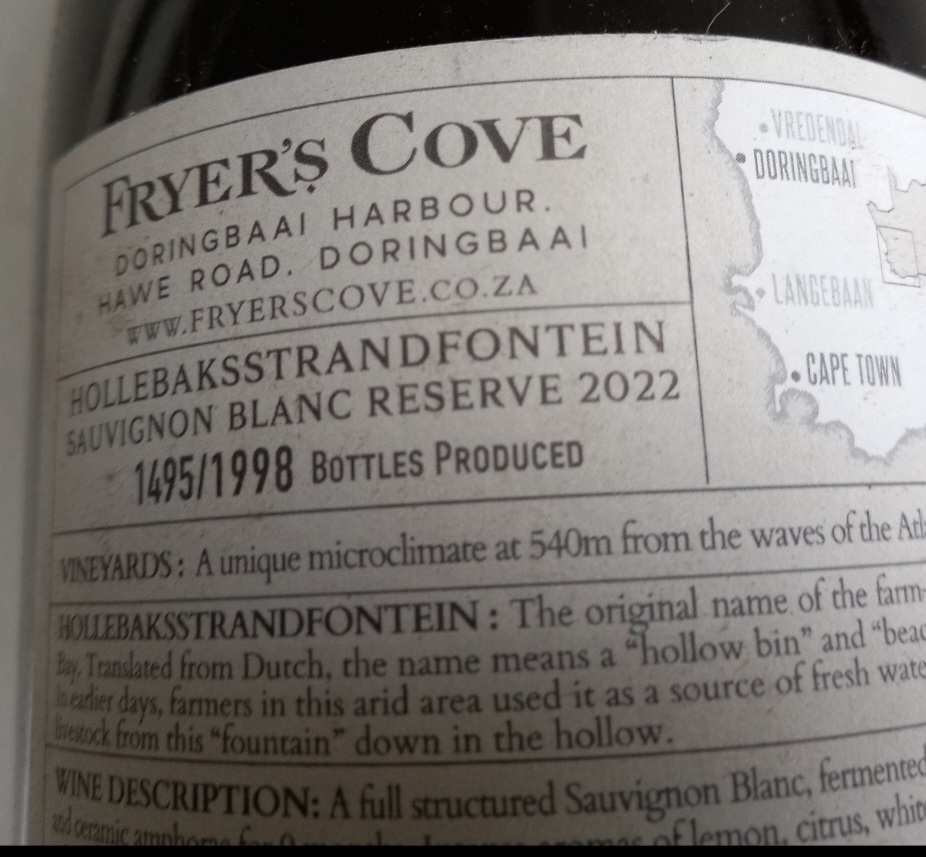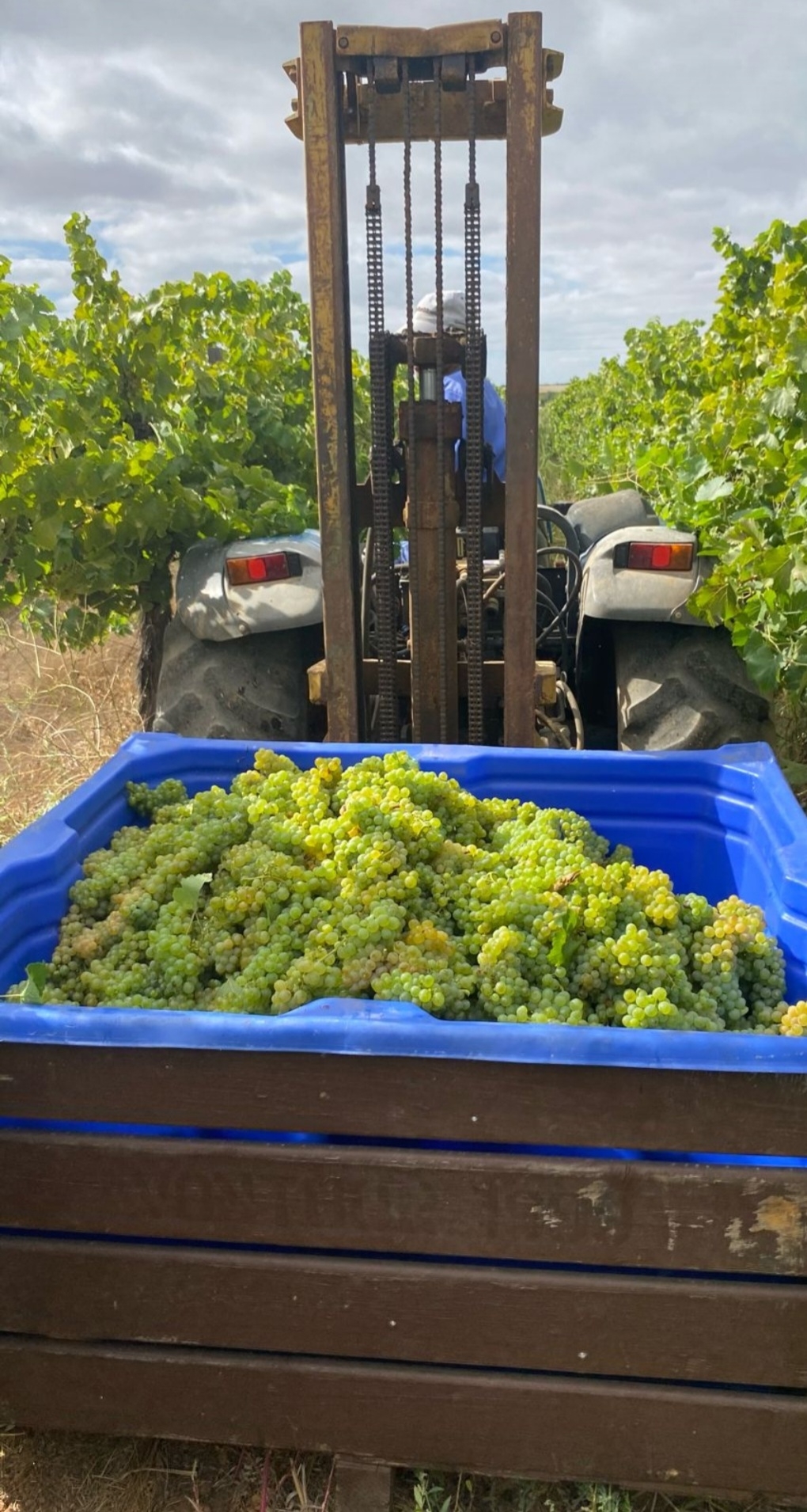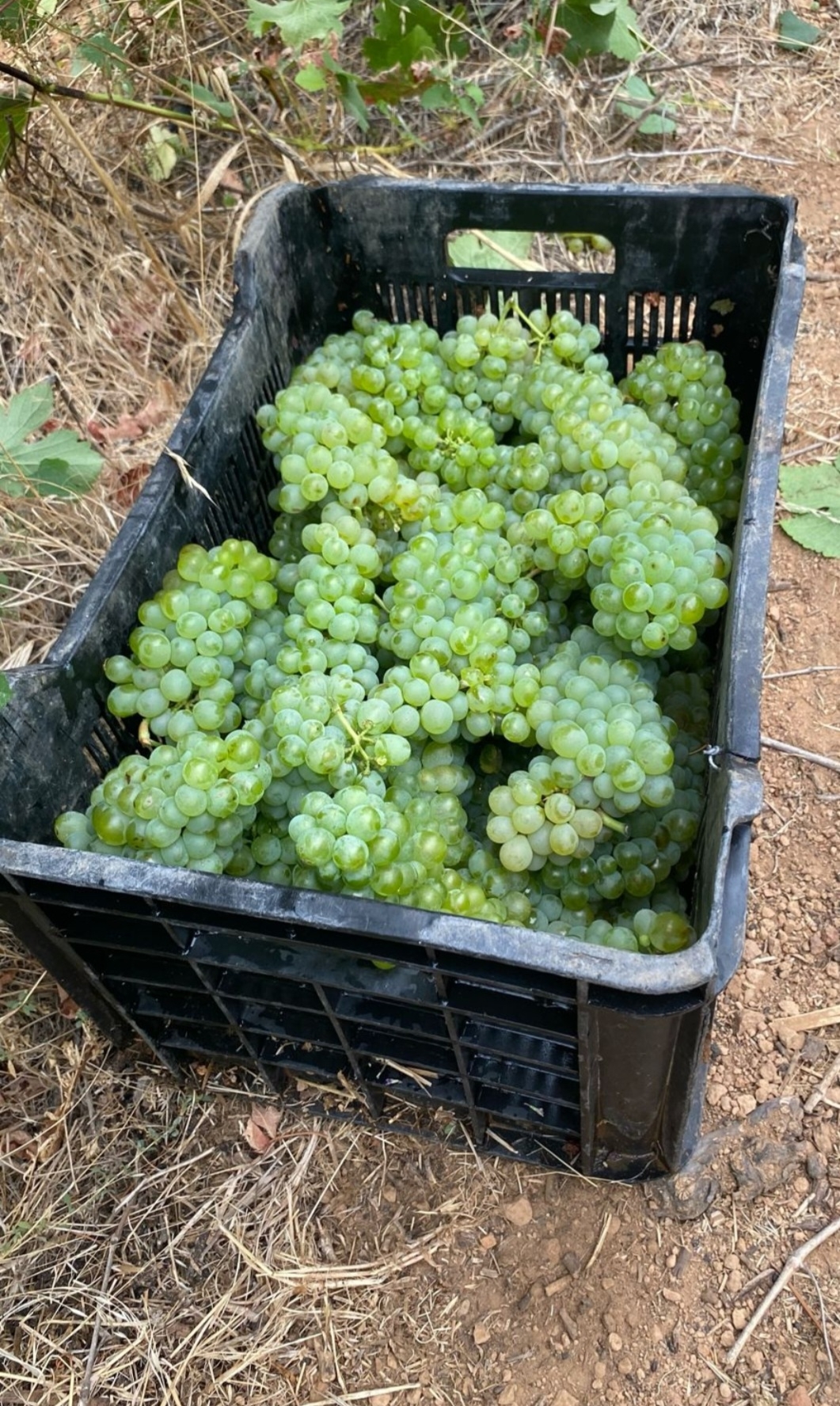Look both ways
Look right, look left – and look right again. That was always the advice drilled into children before crossing the road.
But being human, we all become a little slack and by the time we’re adults we generally limit it to a cursory glance right before confidently setting off. So it’s a helluva shock the first time you travel in another country where they drive on the opposite side of the road! Or Amsterdam, where those damn cyclists have right of way! I was once nearly upended stepping onto what I thought was the pavement outside a friend’s apartment only to have a lady whizz past centimetres from my outstretched food, jangling her bell in warning.
With the South African industry having just marked the 365 anniversary of its winemaking commencement, it’s often useful to look back to see just how far the industry has come. And while 365 years might seem like a long time, in truth it’s really only been since the early 1990s that wine South Africa has seriously taken its place on the world stage.
In the 1990s sustainability, climate change and diversity were not really terms on anyone’s radar – but it must be said that in the early 2000s, Wines of South Africa head Su Birch grasped the nettle when the organisation representing the country’s wine exporters adopted the slogan “Diversity is in our Nature”. At the time there was a lot of eye-rolling, head scratching and general harrumphing – but with 20/20 hindsight, it was a concept ahead of its time. Now it’s a statement that we all appreciate as pretty much self evident: South African wine celebrates diversity in places and terroir, wine styles and philosophies, people and also in the nature surrounding wine areas.
Less than 25 years ago the West Coast was a nefarious concept. Neil Ellis was something of a pioneer in sourcing grapes from Darling’s cool Groenekloof area – and that was considered “West Coast”, something Ellis took umbrage at. As he pointed out at the time, the West Coast stretched from Darling all the way to Lutzville and Vredendal!
It was before the old vine treasures of the Piekenierskloof and Piketberg gained prominence through visionaries like Ellis, Eben Sadie and Rosa Kruger, before young guns like Sakkie Mouton and his range of quirkily named wines, kicked off with the Revenge of the Crayfish and people appreciated how cool (literally and figuratively) Koekenaap was or is.
A great example of what is commonplace in 2024 but was virtually unknown at the turn of the millennium was Fryer’s Cove. The 2003 Platter Guide entry states the following: “Jan ‘Ponk’ van Zyl and his brother-in-law Wynand Hamman, sitting on the stoep of the family beach cottage at Strandfontein, bundled up in jerseys while a few kilometres away the West Coast landscape shimmered in 40 degrees of heat, would sometimes dream. Wouldn’t it be fabulous to plant a vineyard right here on this unusually cool coast, toes in the Atlantic, sea-mist á la California? Wouldn’t the wines be something else? And so they did and so they are. Many twists and turns between, of course – a bit like swimming through the kelp forests off Fryer’s Cove, after which this new Cape wine appellation – Bamboes (Bamboo) Bay – is named. The 6ha cabernet, merlot, sauvignon and pinot vineyards are just over 800m from the sea. It’s 30km to the nearest fresh water, piped in from Van Zyl’s farm near Vredendal to irrigate the vines.”
It was established in 1999 with the first bottling in 2002 – and that maiden release sauvignon blanc went on to crack a coveted 5 Star rating in WINE magazine, showing all other sauvignon blanc producers a proverbial clean pair of heels.
Two decades later and it’s now owned by one of the savviest wine corporates around, DGB, who’s chief, Tim Hutchinson, was the main honouree at the recent 365th anniversary celebrations in acknowledgement of his leadership and the contribution he’s made to the SA wine industry over his 30-something year career. A core focus of his philosophy has been sustainability – of product and business, as well as people.
That’s just one wine brand which didn’t exist 25 years ago – in an area which wasn’t realy on the wine map. Looking ahead 25 years, what are we likely to reflect on from the intervening period?


Top images: Proudly proclaiming it’s Bamboes Bay origins is Fryer’s Cove’s reserve sauvignon blanc from 2022, a wine which didn’t exist two decades ago, in an area which had not been planted or even designated!


Top images: Bins and crates of beautiful old vine chenin blanc from far-flung Vredendal, now sought after by winemakers throughout the winelands. These healthy bunches are destined for Naudé Wines’ 2024 bottling.
Blog by Fiona McDonald